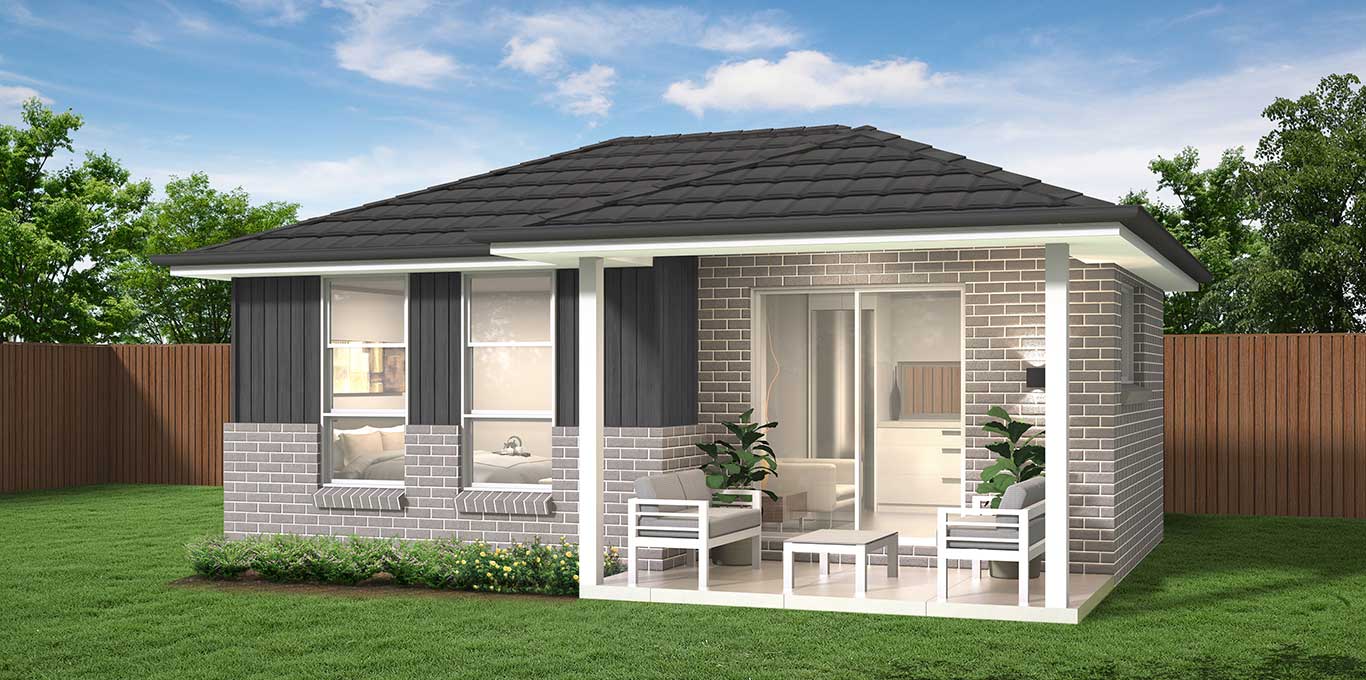Home Improvement
How To Build a Granny Flat: A Step-By-Step Guide?

Granny flats (sometimes known as accessory dwelling units or ADUs) have become an increasingly popular addition to residential properties. As per experts like Granny Flat Solutions from accommodating elderly parents, generating rental income, or expanding living space – building a granny flat can be an immensely satisfying endeavor. In this step-by-step guide we’ll show you all of the steps on how to build a granny flat.
Legal and Zoning Considerations
Before embarking on construction of your granny flats, it’s essential to familiarize yourself with local laws and zoning regulations in your area. Contact your planning or zoning department in order to ascertain whether there are any size limitations, setback requirements, permit fees or permit fees that might impede construction – it will save time later by complying with them.
Design and Layout Planning
Laying out your granny flat requires careful thought and consideration of its purpose, such as whether or not it will serve the needs of family, tenants or both. Determine the desired number of bedrooms, bathrooms and amenities you desire and collaborate with an architect or designer on creating an optimized blueprint that adheres to local regulations while taking accessibility and energy efficiency factors into account during its planning.
Budgeting and Financing
Create a realistic budget for your granny flat project. Account for construction costs, permits, design fees and any unexpected expenses when setting aside money for this endeavor. Explore financing options such as personal savings accounts, home equity loans or construction loans when considering their financing needs – having an accurate picture of your financial status will allow for informed decision-making throughout the construction process.
Select the Right Builder or Contractor
Finding the appropriate builder or contractor for your project is absolutely key to its success. Interview prospective builders to assess their credentials, experience, past work samples and references as well as completed granny flats they’ve built. Lastly, ensure they understand local regulations and can obtain all necessary permits before discussing timelines, contracts and payment schedules with those you find most suited.
Provide Evidence
Work closely with your builder to acquire all required permits and approvals from local governments in your area, such as building permits, zoning variances, environmental assessments and more. Be ready with detailed plans and documentation in support of your application as compliance with all required regulations is key in order to avoid costly delays or legal complications in the form of delays and legal problems.
Construction
Once construction begins, your builder will coordinate all aspects of your project: site preparation, foundation, framing, plumbing, electrical, roofing insulation and interior finishes. Regular communication between yourself and your builder should help address any changes during construction as well as site visits to ensure that everything aligns with expectations.
Interior and Exterior Finishes
In this phase, your granny flat will take shape as interior and exterior finishes are applied – this includes flooring, paint, cabinetry, countertops, appliances, fixtures and landscaping. Make choices that align with your initial plans and budget; quality finishes can add both functionality and aesthetics to the final design of your granny flat.
Inspection and Quality Assurance
Before moving in or renting out your granny flat, it is vitally important to arrange inspections to verify compliance with building codes and safety standards. Your local building inspector will conduct an assessment on both structure and systems to make sure they meet requirements, while promptly addressing any deficiencies to ensure the satisfaction and safety of future occupants.
Final Touches and Landscaping
Complete any remaining tasks, such as installing window treatments, landscaping the surrounding area and adding outdoor amenities like patios or decks – adding these finishing touches can enhance both its visual appeal and functionality.
Occupancy and Enjoyment
Once your granny flat has passed inspections and been granted final approvals, you are free to move in, rent it out or offer it as an asset to family members. Enjoy having additional living space or rental income while taking special care to preserve its longevity and value by regularly maintaining it.
Conclusion
Constructing a granny flat is a significant project that requires careful planning and execution, which is best achieved by following these steps to navigate it with confidence and create something unique on your property. Be sure to work closely with professionals, adhere to local regulations, and make informed decisions throughout its construction journey.
Harper Harrison is a reporter for The Hear UP. Harper got an internship at the NPR and worked as a reporter and producer. harper has also worked as a reporter for the Medium. Harper covers health and science for The Hear UP.










